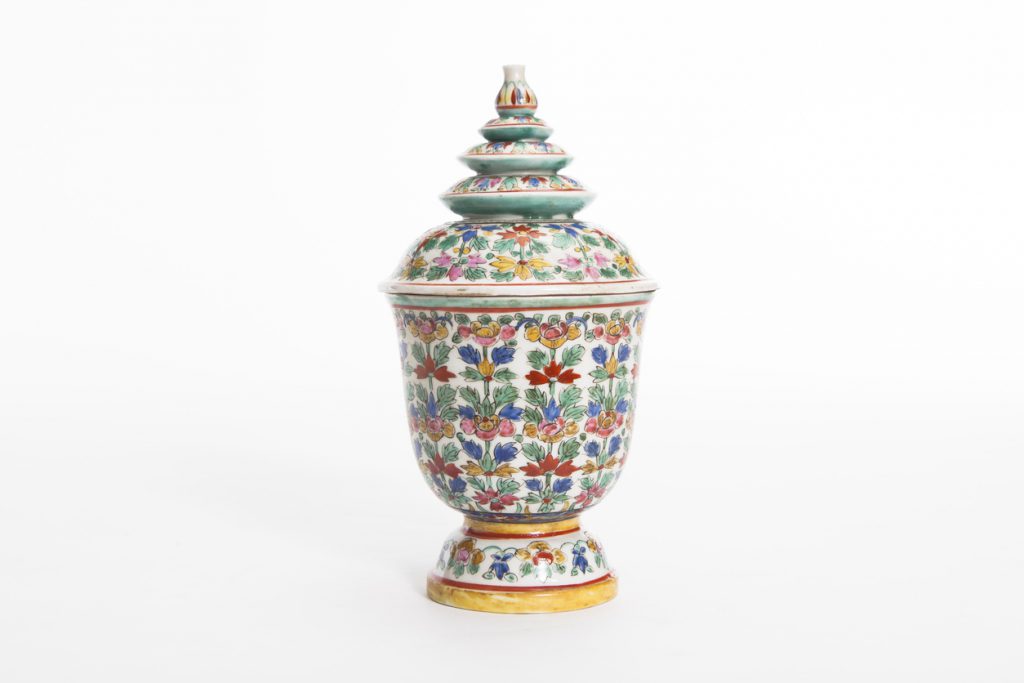If you’re still puzzling over what makes a silver Art Deco candlestick a covetable item while your granny’s 1950s butter dish is just, well, clutter, you may need to up the ante on your knowledge of antiques. Clyde Terry of Clyde on 4th Antiques and Jeremy du Mughn of Jeremy Stephen Antiques share some insider insights.
• Start by forging a relationship with a reputable dealer. Look for memberships of bodies like the South African Antique, Art and Design Association, or go by word of mouth. Choosing someone credible will ensure they’re upfront about the piece’s value and potential flaws.
• Start learning. There are so many different periods that may attract your interest, each offering a particular style and an associated history. Learn as much as you can about different eras, not only by going online but also by visiting different antique dealers, attending auctions and visiting events like the National Antiques Faire.
• Remember the value hierarchy. Quality is key when it comes to determining what a piece is worth; followed by rarity and condition. Age comes further down the chain – which is why a mid-century Scandinavian lamp might set you back more than an Edwardian chair.
• Let your passion be your guide. Of course, one of the benefits of purchasing an antique is that in time, it may become a valuable investment. But before then, you get the opportunity to live with a piece of history – one that adds warmth and mystique to your home. Let this, rather than how much you may be able to sell it for in the future, be the deciding factor when you’re considering a buy. For the same reason, buy items that are related to your own special interests – maybe you’re fascinated by the history of the 20th century, for example; in which case a mid-century piece will hold special appeal.
• Showcase your collection to the best advantage by mixing up periods. Combine styles that work well together, and don’t be afraid to throw in a contemporary piece. Alternatively, purchase one key piece and make it the hero of your room. Make sure that your collection reflects your personality and interests.











Leave a Comment